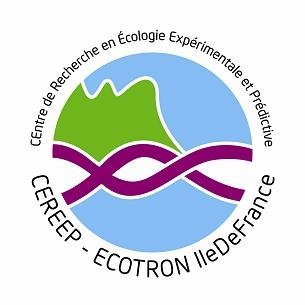Enclosed Ecosystem Platform
Parent institution: Centre national de la recherche scientifique et Ecole normale supérieure de Paris
Active since 2015
Active through all year
Fields of study
- Climatology, Climate Change
- Environmental sciences, Pollution
- Isotopic chemistry
- Marine biology
- Oceanography, Fishery
- Microbiology
- Hydrology
- Limnology
- Paleolimnology
- Paleoecology
- Freshwater biology and ecology
Contact Information
Fiorini, Sarah
email: sarah.fiorini@ens.fr

